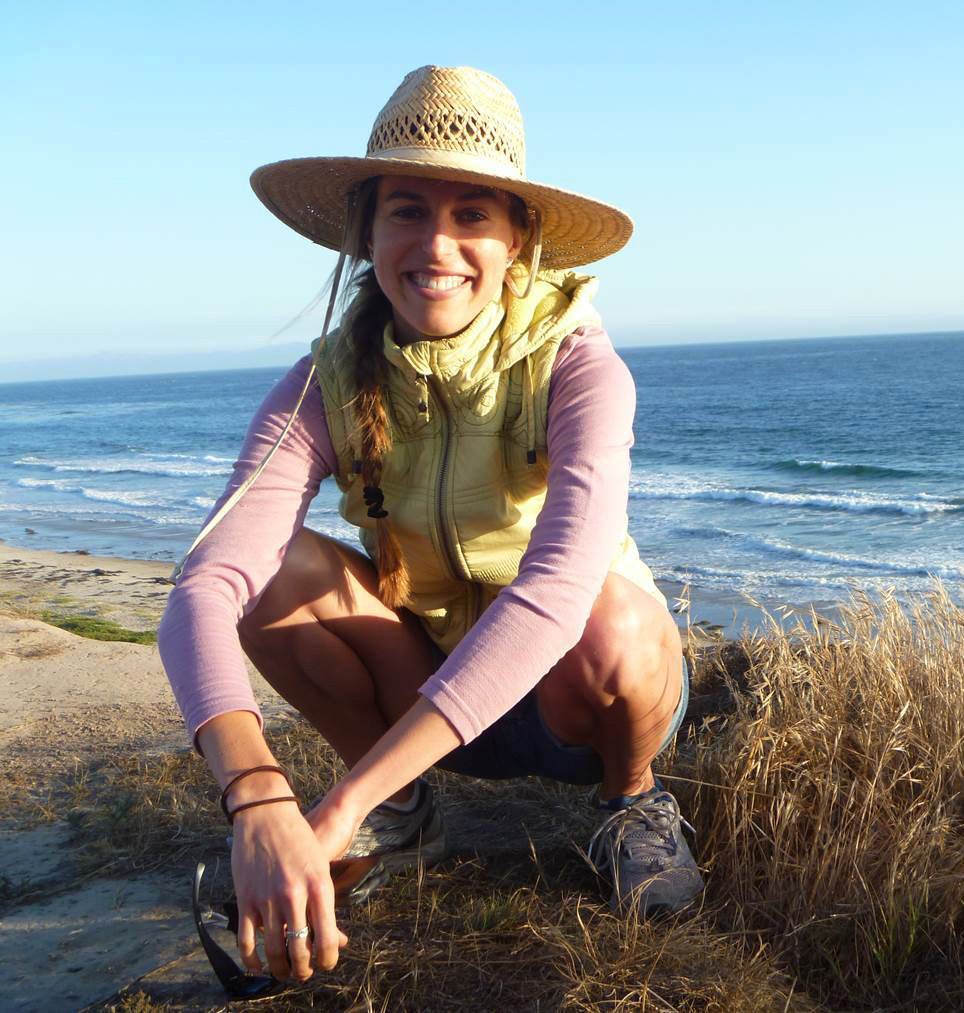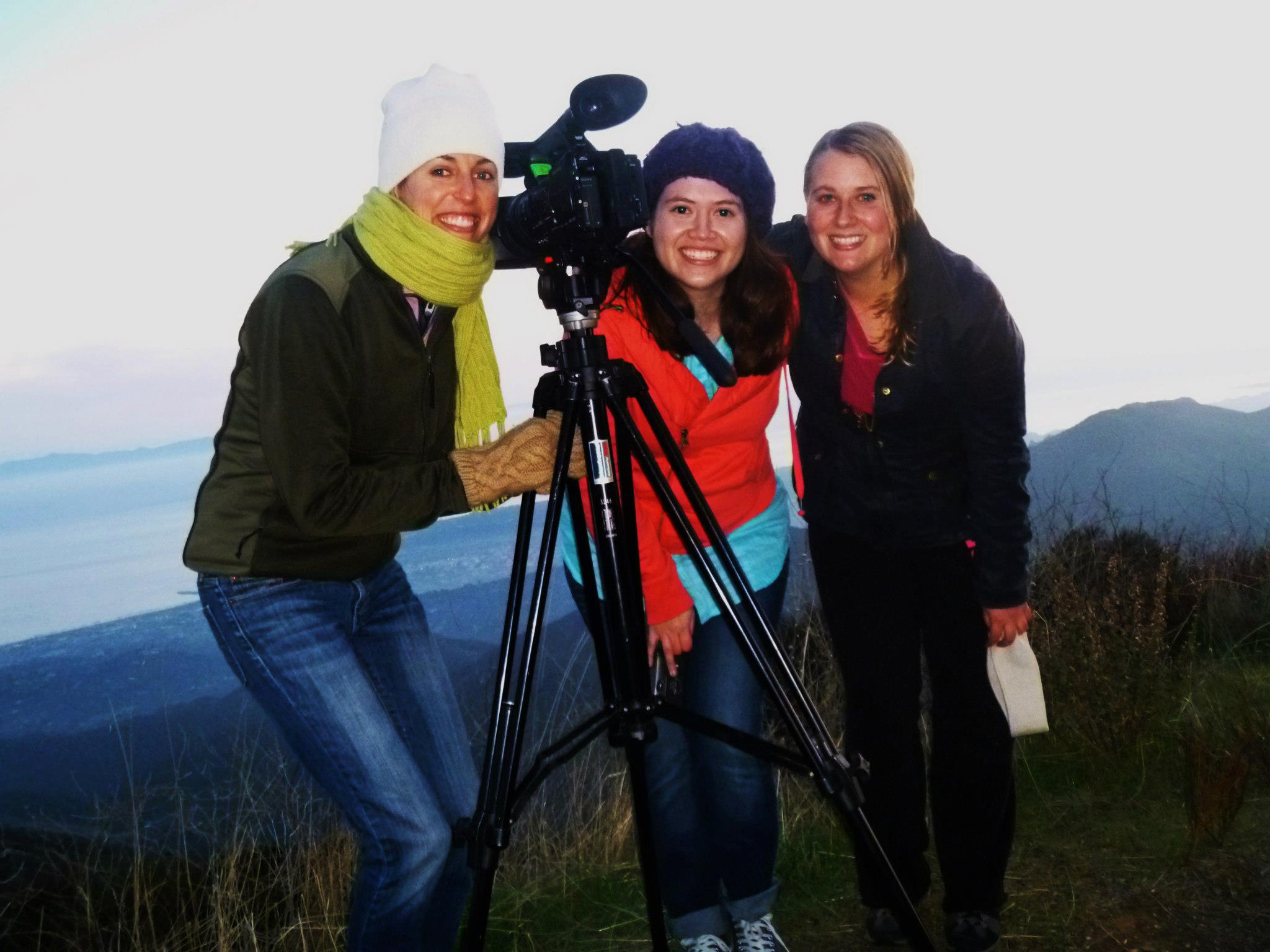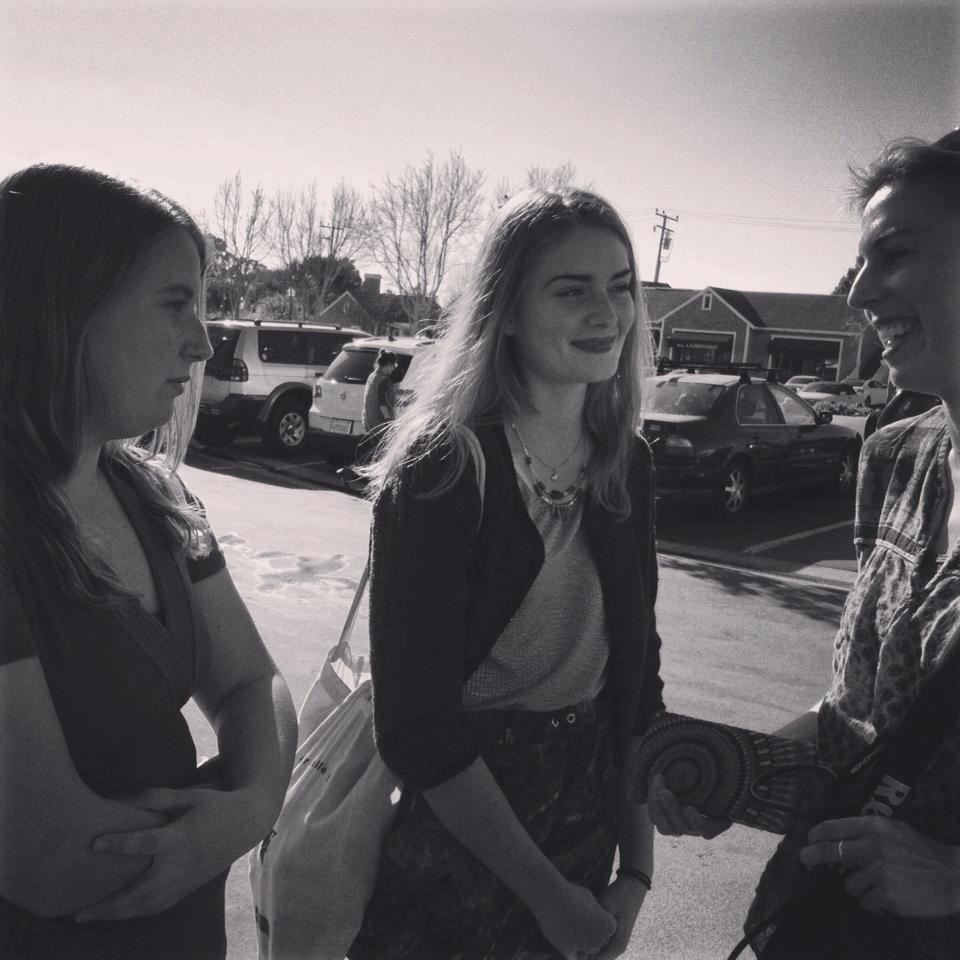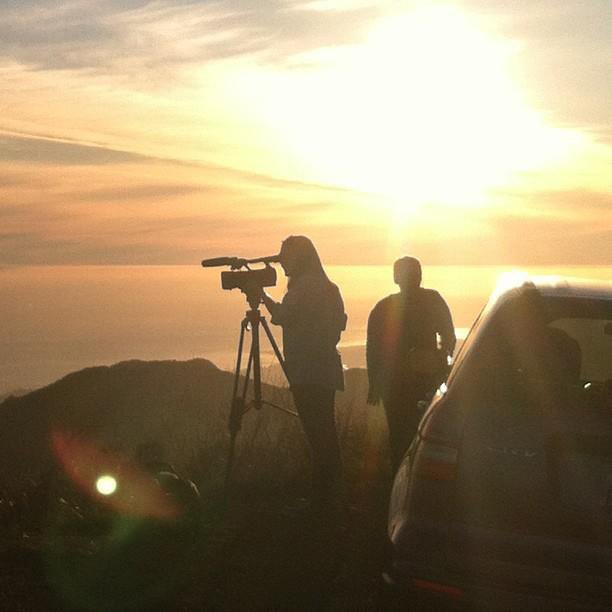Geography graduate student Emily de Moor is screening her film “Tar Wars” on Thursday February 6, as part of the Santa Barbara International Film Festival (SBIFF). It will be shown at the Santa Barbara Museum of Art at 10am alongside four other short documentaries. The film was screened on Sunday February 2 to a full audience, despite competing for attention with the Super Bowl later in the day. It also screened at the Ojai Festival in November 2013, as part of the festival’s Focus Earth program.
Emily completed her master’s at UCSB Geography, studying the impact of HIV/AIDS on household natural resource use through analysis of a health survey database from Kenya (advisor: Oliver Chadwick). At the tail end of her master’s, she participated in the Greenscreen Program, from which “Tar Wars” was borne. She wanted to explore documentary film as a medium for communicating science, environmental issues, and social justice messages to broader audiences.
The film, which is 15 minutes long, explores the impact of offshore drilling on beach tar in the Santa Barbara Channel. On the inspiration for the film, Emily says, “I enjoyed going for long sunset walks on Hendry’s Beach during graduate school, but afterwards would often have to spend half an hour perched on the edge of my bathtub scrubbing tar off my feet with baby oil. I knew there were natural oil seeps in the channel, but I had to wonder if the oil rigs I saw off the coast impacted the beach tar at all. I was just curious. My interest in oil drilling arose particularly after I spent six weeks in Gabon (west-central Africa) with the Smithsonian Institute at a Shell oil site. I also come from South Africa, and mining in general has been and continues to be a significant force on the continent, from spurring civil conflict, to encouraging a new wave of Chinese immigration, to helping spread HIV….to providing the cash and infrastructure that African countries need for development. It’s an interesting issue.
Emily wrote, directed, and was a producer of the film, but it was a highly collaborative effort. She worked with an interdisciplinary team of three senior undergraduate students from communication, film and media (Bridget Kaba – producer, sound; Jennifer Cortez – editor, co-cinematographer, associate producer; Kajsa Phillippa Niehusen – cinematographer, assistant editor, associate producer). Of the team, Emily commented: “We all got on well and complemented each other’s skill sets. I was the token scientist of the team, but the others were the ones with film-making experience and the storyline of the film changed constantly based on their feedback. We definitely built on each other’s strengths, and the film would not have been possible without their creative contributions, passion for the project, and hard work.”
Of her Greenscreen instructor, Chris Jenkins, Emily says: “I couldn’t believe Chris’ teaching style: he threw us completely into the deep end, handing us a $7000 camera and just told us to go and do it! He gave us plenty of feedback on the material we brought back. It was a very effective teaching method for me. He was also obviously passionate about teaching and environmental media, and it inspired everyone in the class”. Richard Hutton, Director of the Carsey-Wolf Center, was also instrumental in helping the team tighten the film and prepare it for screening at the Ojai Festival.
Emily would like to thank her master’s advisor, Oliver Chadwick, for allowing her to participate in the Greenscreen Program, despite it being somewhat peripheral to her research, and Dr. David Carr for helping secure graduate funding during her first year at UCSB which enabled her to pursue such side projects. She would also like to thank the Chadwick/King lab group, who watched an early version of the film and provided feedback, which helped her cinch the story-line. She encourages others in Geography to explore avenues for sharing their science with broader audiences, especially given the relevance of the department’s research to understanding and dealing with some of our generation’s most pressing environmental challenges.
“Tar Wars” at SBIFF: http://sbiff.festivalgenius.com/2014/films/tarwars_emilydemoor_sbiff2014
Article contributed by alumna Emily de Moor. Kudos to her for skillfully and effectively sharing and graphically presenting her knowledge about such important issues to a mass audience. This is what Geography is all about!






